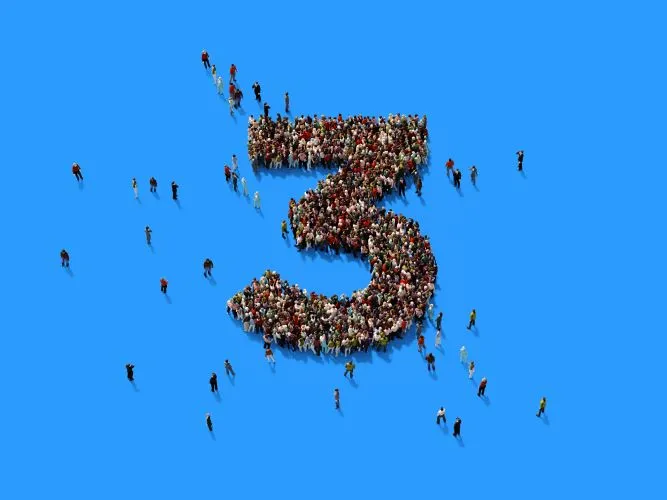
Victory Explained by Three Factors
The sometimes tumultuous growth of populist movements is undoubtedly one of the most significant political phenomena of recent years. The link between the emergence of populists and adverse economic shocks now seems clear: the emergence of China as a world economic power and the Great Recession, with their impact on employment, were decisive factors in this regard.
But there is a surprising element: if economic shocks have spread skepticism among citizens towards the functioning of markets, why have voters rewarded populist movements and parties that supported conservative economic platforms? For example, Trump won the US presidential election in 2016 by promising tax cuts that would reward the richest above all. Why did so many workers and unemployed people vote for Trump, despite his proposals to downsize welfare programs?
In our paper "Economic Shocks and Populism: The Political Implications of Reference-Dependent Preferences" we try to answer this question. The salient feature of populist parties is, in our opinion, that they are riskier than traditional parties. They are for various reasons: their leaders are less experienced and therefore less tested in their ability to make decisions; and they are typically anti-establishment and supporters of unorthodox and often radical policies. But why should being riskier be a pull factor for a political party? Most citizens and voters are usually risk averse. To understand this, we must consider another element of our analysis: in determining the satisfaction of individuals, the final result is not the only thing that counts - the individual reference point is also important. For example, if our team draws 3-3 in a match, we will typically be very happy if that happens after they were down 3-0 earlier, because at that point we expected them to lose. On the other hand, we will be very unhappy if this happens after our side had been ahead 3-0, given that at that point we had the idea that our team would win (this really happened some time ago, on opposite sides, to two of the authors of this article).
A well-established fact in the literature is that individuals become more likely to make risky decisions when they are disappointed, that is, when the outcome is below their expectations, their individual reference point. Putting the elements together, adverse negative shocks lead some individuals not to get what they expected and therefore push them below their benchmark. Such individuals then find risky decisions attractive. In the political sphere, they can become supporters of populist movements precisely because they are more risky than traditional parties.
At this point a final element of our analysis comes into play: the behavior of candidates in the electoral competition. We imagine that voters differ both in terms of their dissatisfaction and in terms of their desire for fiscal redistribution. Some of them, the poorest and the middle class, are in favor of high taxes because it is mainly in their favor. Others, the richest, are instead opposed because they are the most penalized. What fiscal policies will populist candidates offer then, and what will moderate ones propose? Suppose, for simplicity, that the poorest are also the most disappointed. They will then vote for the populists, even when they offer little redistributive fiscal policies. Political competition between populists and moderates is then primarily for the middle class and the rich. The middle class is larger and more risk averse. For this reason moderate candidates focus on attracting the middle class by offering a high degree of redistribution, while populist candidates aim to win the support of the rich by offering tax cuts. Thus, the populists end up uniting an unlikely coalition of the rich and the disappointed, as happened in the United States in 2016. How stable this strange alliance is will only be established in the next few years.